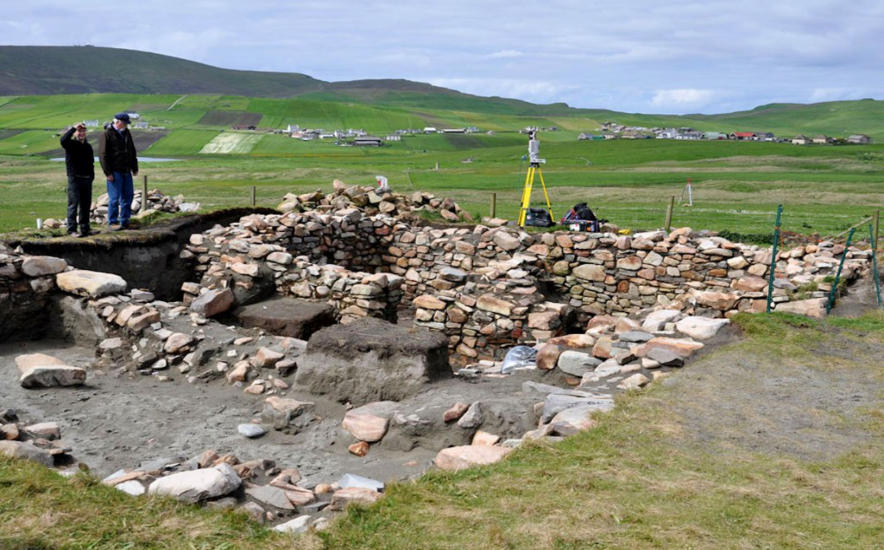

Visitors are encouraged to watch the video of this Mill, with local people operating the machinery, prior to their tour of the Mill and displays of local history; following which they are invited to browse through the locally made craftwork and souvenirs in the Craft Shop and Reception area where light refreshments are always available!
The Quendale Estate dates back to the 16th Century but it wasn’t until 1770 that the Grierson family acquired it and became the Lairds. The Mill was commisioned to be built in 1867 by the Grierson family and grinding began at the Mill the following year.
Its primary purpose was to handle the grain for crofters from a very wide surrounding area. Most of the grinding was done in winter when there was plenty of water in the dam to drive the Mill’s machinery.
John Anderson from Forfar was the first miller, followed in 1870 by James Burnett. In the late 1870’s, Charles Langskail took over and held the job until Alex Simpson from Aberdeenshire succeeded him in 1886. He continued until George Leslie of Laxfirth took over the farm in 1899. Laurence Leslie, a young Dunrossness man, had trained with Alex Simpson and was now given the job of miller, a post he was to hold for most of his working life. The Mill by this time was extremely busy with carts coming with loads from all over Dunrossness; storage space in the Mill and outhouses were filled to bursting point. At this time the only other large Mills in Shetland were at Weisdale and Girlsta.
For the last few years teams of archaeologists and scientists of various disciplines have been investigating the causes and the impacts of the massive sand movements that created the Quendale Links. One historically known result of the sand blowing inland was the destruction of the properous township of broo (or “Brew”, or “Brow”).
For further information on the Broo Project please see the following website for current information on the Project: http://www.bates.edu/history/faculty/gerald-bigelow/shetland-islands-climate-and-settlement-project/
Further research will be carried out in 2021 and 2022, with final excavations coming to completion.

Uncovering the House of Broo
A very interesting documentary on the history of this part of the South Mainland of Shetland. Thanks to Alasdair Wilkins for sharing his work with us.
© Quendale Mill - Tel: 01950 460969 - Email: info@quendalemill.co.uk ; bookings@quendalemill.co.uk